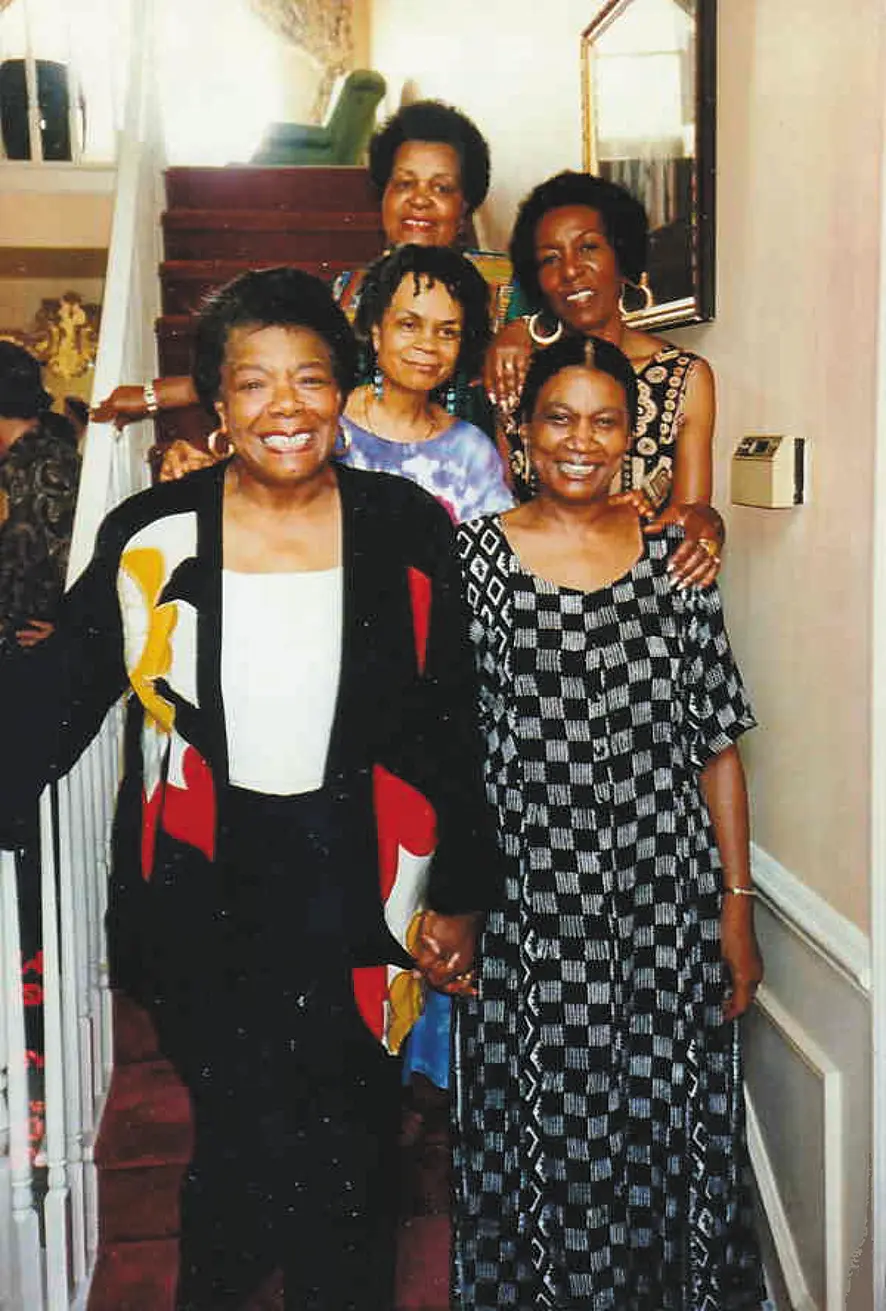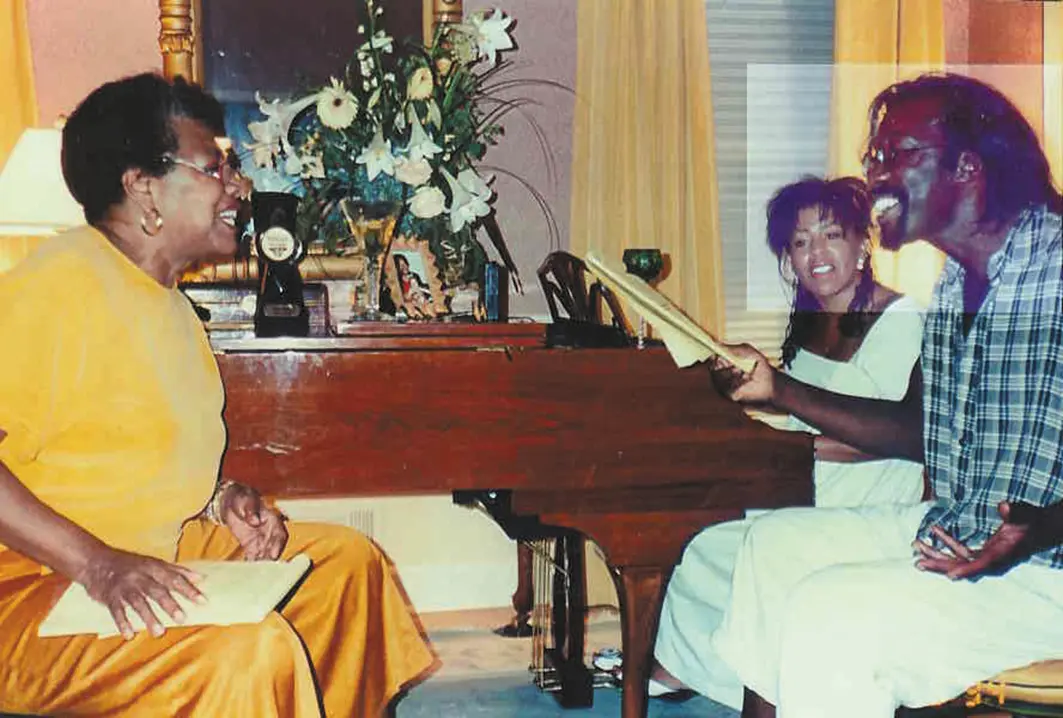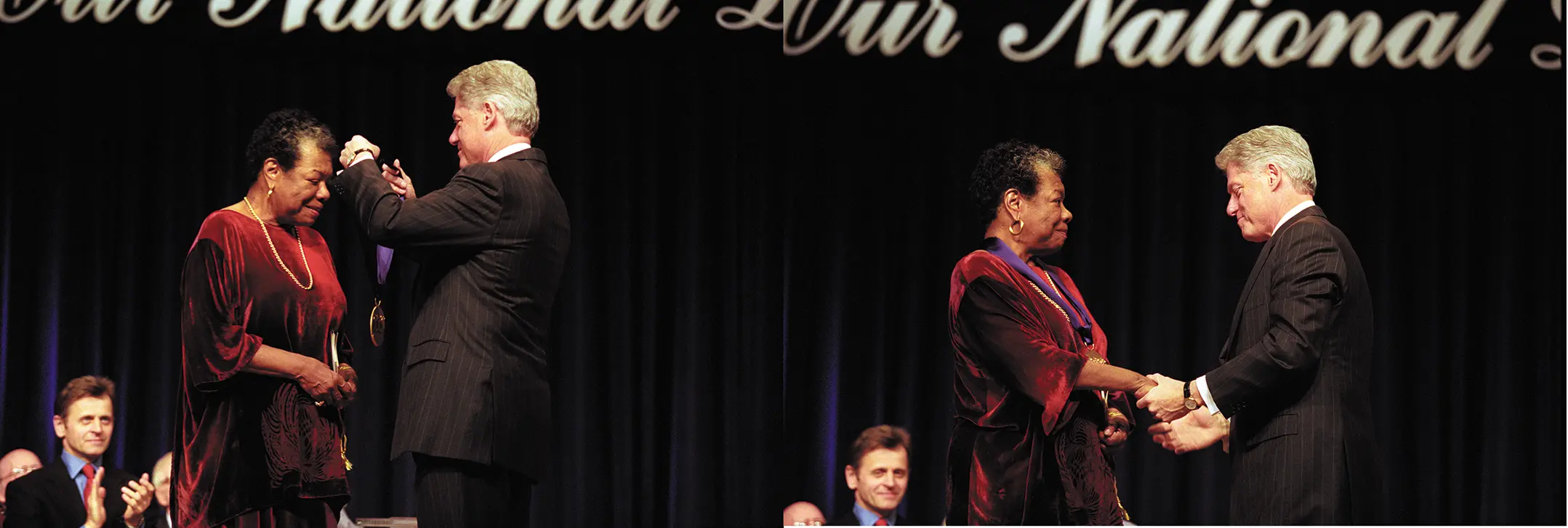Linda Wagner-Martin - The Life of the Author - Maya Angelou
Здесь есть возможность читать онлайн «Linda Wagner-Martin - The Life of the Author - Maya Angelou» — ознакомительный отрывок электронной книги совершенно бесплатно, а после прочтения отрывка купить полную версию. В некоторых случаях можно слушать аудио, скачать через торрент в формате fb2 и присутствует краткое содержание. Жанр: unrecognised, на английском языке. Описание произведения, (предисловие) а так же отзывы посетителей доступны на портале библиотеки ЛибКат.
- Название:The Life of the Author: Maya Angelou
- Автор:
- Жанр:
- Год:неизвестен
- ISBN:нет данных
- Рейтинг книги:4 / 5. Голосов: 1
-
Избранное:Добавить в избранное
- Отзывы:
-
Ваша оценка:
- 80
- 1
- 2
- 3
- 4
- 5
The Life of the Author: Maya Angelou: краткое содержание, описание и аннотация
Предлагаем к чтению аннотацию, описание, краткое содержание или предисловие (зависит от того, что написал сам автор книги «The Life of the Author: Maya Angelou»). Если вы не нашли необходимую информацию о книге — напишите в комментариях, мы постараемся отыскать её.
The Life of the Author: Maya Angelou
The Life of the Author: Maya Angelou
The Life of the Author: Maya Angelou — читать онлайн ознакомительный отрывок
Ниже представлен текст книги, разбитый по страницам. Система сохранения места последней прочитанной страницы, позволяет с удобством читать онлайн бесплатно книгу «The Life of the Author: Maya Angelou», без необходимости каждый раз заново искать на чём Вы остановились. Поставьте закладку, и сможете в любой момент перейти на страницу, на которой закончили чтение.
Интервал:
Закладка:

For several years Maya maintained a home in Atlanta, Georgia. At one of the many parties she hosted while living there she paused for this photo with Amina Baraka at the side, Val Gray Ward, and the writers Sonia Sanchez and Mari Evans. Photo © by poet Eugene Redmond. Used by permission of Eugene B. Redmond.

Singer-song-writers Nick Ashford and Valerie Simpson collaborating with Maya Angelouon one of the songs for their album Been Found . Photo © by poet Eugene Redmond. Used by permission of Eugene B. Redmond.

Maya Angeloureceiving the National Arts and Humanities Medal from President William J. Clinton in December 2000. In 2011 she was the recipient of the Presidential Medal of Freedom from President Barack Obama. Photographer: Ralph Alswang. Credit: William J. Clinton Presidential Library.
1 “There is Always an Engine, Maya”
1.1 The Birth of Marguerite Annie Johnson
Any person’s birthday is an inviolable part of that person. On April 4, 1928, when Vivian Baxter Johnson gave birth to her second child and first daughter, she was still a happy woman. Married to her charismatic husband Bailey Johnson, an ex-Navy sweet talker, a man proud of having escaped the humbling poverty of his Arkansas childhood, Vivian had tried to accept the roles of wife and mother. After their first baby, Bailey, Junior, had been born in the winter of 1926, she was discovering that playing such roles was harder than she had imagined – she was tired, cranky, deprived of the fun she had envisioned after marriage. She had traded being Vivian Baxter , older daughter of the imposing woman who ran her family and her St. Louis neighborhood filled with numbers runners and whiskey sellers – as its precinct captain – and the older sister to four younger brothers and a sister, to become Vivian Johnson , a woman who needed household help and baby care. The independent existence she had known as Vivian Baxter was fading fast.
It looked to their friends, however, as if Vivian and Bailey had the world in their grasp. A cook and self-styled dietician in the Navy, Bailey had learned a number of skills that made him employable. Vivian herself had trained for pediatric nursing though she had soon discovered that becoming a dealer (“cutting poker games”) in her neighborhood’s gambling world was more exciting. Both of them were outgoing people; both of them were socially adept. If the postwar world was not their oyster, it at least seemed to welcome their ambition and their energy. The relatively prosperous world of the late 1920s, however, was gradually changing.
During the troubled early 1930s, work for any African American was growing scarce. As Vivian and Bailey moved further and further away from their families and friends – finally ending in Long Beach, California – they experienced the loneliness of what decades later would be called the “nuclear family.” Alone in their small family unit, they needed the protective relatives that were hundreds of miles away, and their marriage suffered. They had lived in many places within the South, always closer to the Baxters in St. Louis than to the Henderson/Johnsons of Arkansas. By the time they had reached California in search of better work, however, their marriage was worn threadbare. Sometime in 1931, heading for divorce, Bailey realized that his children were being damaged by their parents’ continuous fighting, and he made arrangements for Bailey, Jr. and his little sister, Marguerite, to travel by train to live with his mother, Annie Henderson, the store owner and pillar of the African American church in Stamps, Arkansas. As the crow flew, the distance was 1,600 miles; going by train would take several days and nights. It was becoming all too common: removed from disintegrating households, children were being put on trains to reach more stable family situations.
1.2 The Train to Arkansas
They looked to be twins. The little brown-skinned girl was exactly as tall as her brother, and yet he was clearly in charge. On both their jackets were pinned the signs, “To Whom It May Concern,” with Annie Henderson’s name and address. The porter had been tipped to watch out for them as they traveled from California to near the tiny Arkansas town. (Texarkana was the closest “city.”) The porter left the train in Arizona, however, helping Bailey put the train tickets into his inner pocket before he left the car. Even though there were kindly other passengers, some offering food, the Johnson children knew they were now alone. The constant motion, especially during the dark hours, made Marguerite feel sicker and sicker.
There was little comforting her. She had early on understood that she was too black, too tall, too gap-toothed to ever be a “pretty” girl. When she had watched her father walk away from the car in which they rode – she could see him from the dirty window and she could tell from the set of his shoulders that he would not give in: they were going away. She did not care where, or why, or who would be taking care of them – all she knew was that they were no longer going to live with their mother and their father. For Bailey, nearly two years older, the pain was worse. He was five; he knew that once a person set foot on a train, there was no walking back to the starting point. He had been to the railroad yard often; some of his dad’s friends worked there. He understood steam engines and the way the trains worked. He knew how the coal dust dirtied the air, but it was the sheer power of the fuel propelling the train that most excited him. He had also gone to pick up the Baxter relatives when they came for visits: everybody who could afford a ticket traveled by train. Railroads were like the military, they created choices for families who didn’t have the money to buy cars, or to think about getting more schooling. American culture, especially among the lower and middle classes, ran on trains and military service.
What saved Bailey from the tears that swamped his little sister was the order his military father had given him: You are in charge of your sister. Take care of her. Pay attention. Do not eat all your lunch at once . There were more orders coming from the sometimes stern lips of the man who often frightened them, but Bailey had long ago gotten the idea: men were to be in charge. They took care of girls, just as his father sometimes took care of his mother. Gender behavior during the 1920s was divided in two parts: men did this, women did that. Men went to train stations; they rode buses; they talked about what cars they would buy. Such behavior aligned men with technology, with the amazing force of physical power, physical action, visible bravery. Women, in another sphere of behavior, were clean. They took care of their clothes and their hair ornaments; they savored their personal beauty. Just as so many African American men joined the military – partly for the pay and the education such service provided but mostly for the macho appearance the tailored dress uniforms created, so men’s behavior tended to be judged from the outside. Yet even as Bailey could assume the charge of taking care of his little sister, Marguerite herself could not stay tidy, much less clean, on that long train trip. The pink edge on her new anklets was already smudged with coal dirt. She continued crying.
Читать дальшеИнтервал:
Закладка:
Похожие книги на «The Life of the Author: Maya Angelou»
Представляем Вашему вниманию похожие книги на «The Life of the Author: Maya Angelou» списком для выбора. Мы отобрали схожую по названию и смыслу литературу в надежде предоставить читателям больше вариантов отыскать новые, интересные, ещё непрочитанные произведения.
Обсуждение, отзывы о книге «The Life of the Author: Maya Angelou» и просто собственные мнения читателей. Оставьте ваши комментарии, напишите, что Вы думаете о произведении, его смысле или главных героях. Укажите что конкретно понравилось, а что нет, и почему Вы так считаете.












